from 0 review
9 Overnights 10 days
Specific Tour
10 people
___

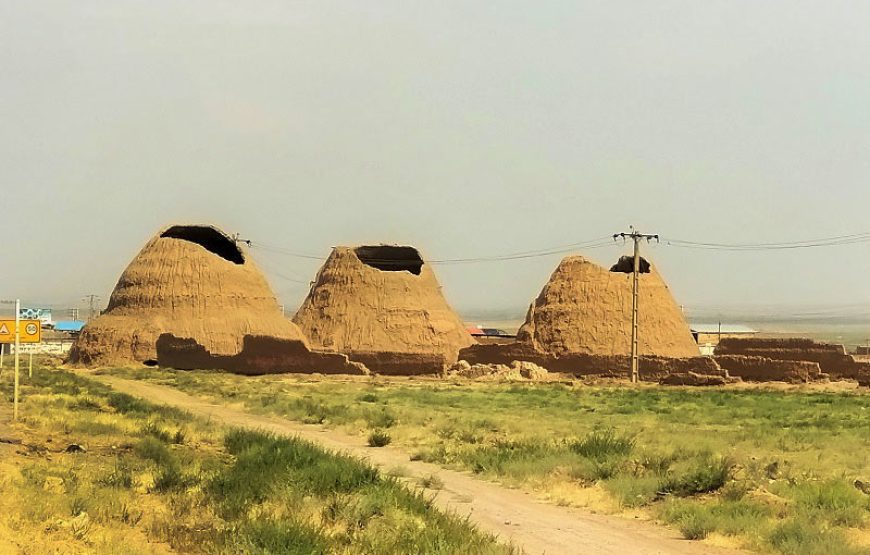


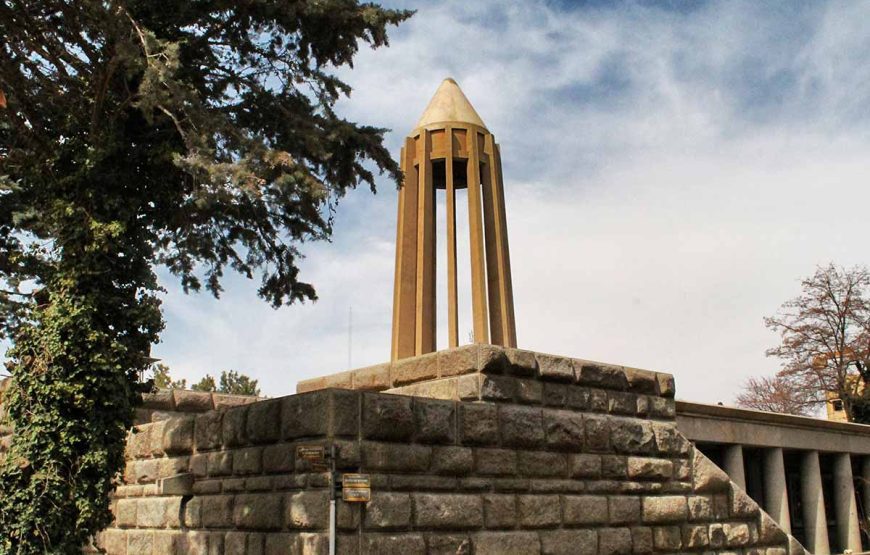

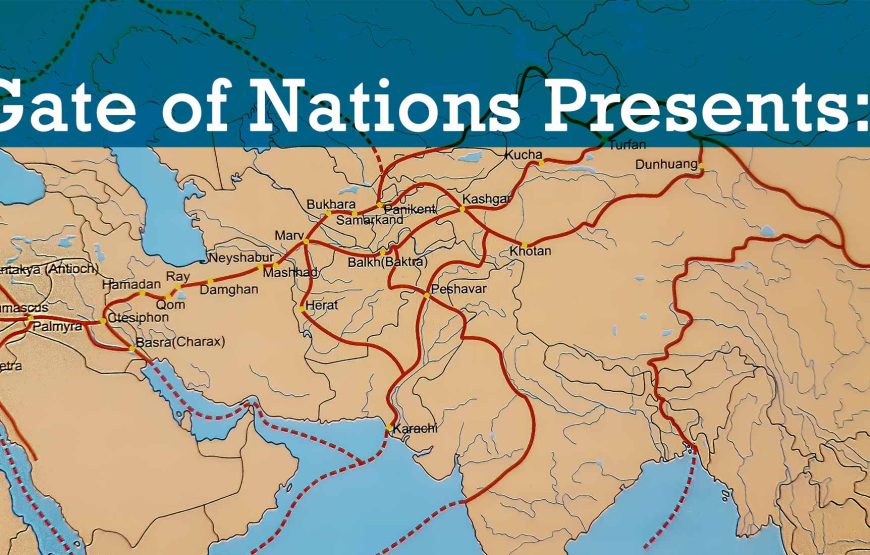

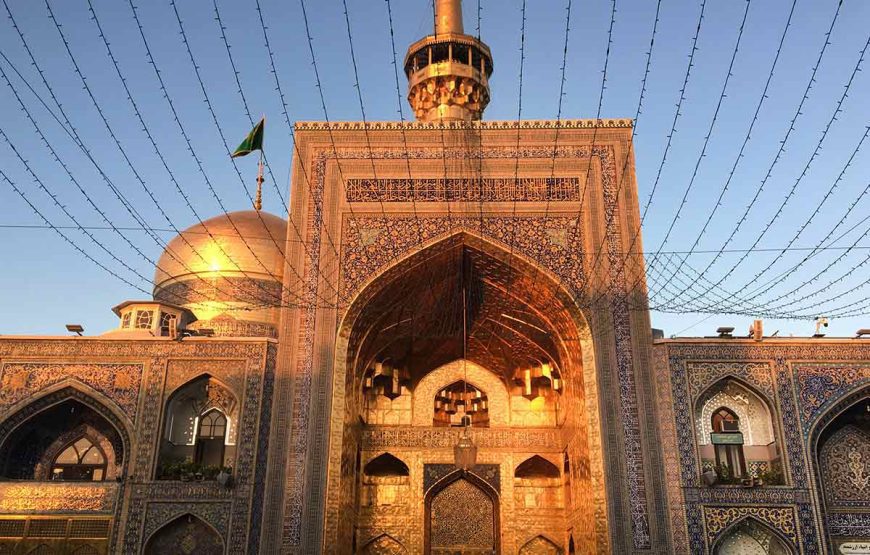

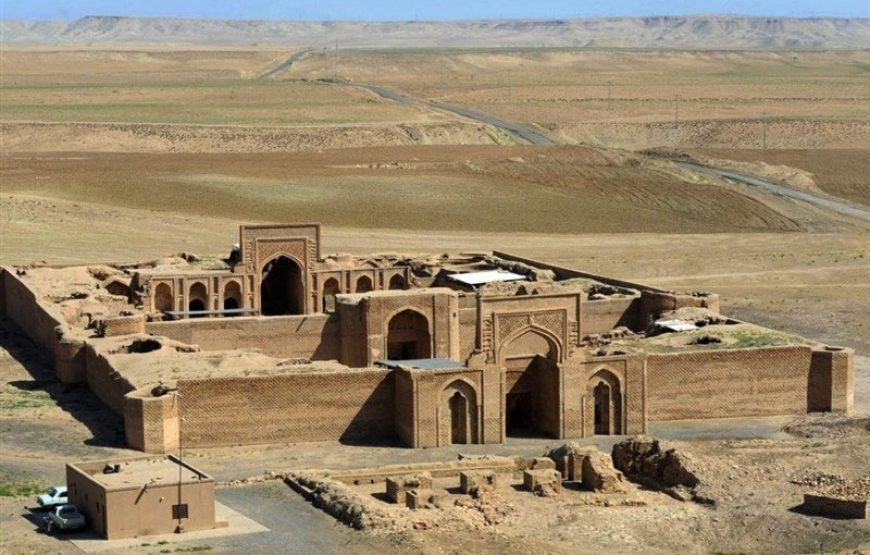


We will embark upon an exciting journey in the heart of Persia (Silk Road)that livens up past travelling routs, historical and various hidden stories; we will take steps on the ancient routs of very old travelers, especially through what we now as caravansary- the quadrangular inns, enclosed by huge walls with small windows near the top.The name is derived from the word “caravan” and the Persian word sarāī, which means “palace” or “inn”.
The Route is: Tehran ✈️ Mashhad 🚌 Sabzevar 🚌 Shahrud 🚌 Semnan 🚌 Tehran 🚌 Hamedan 🚌 Kermanshah ✈️ Tehran
| Season | All around the year |
| DEPARTURE/RETURN LOCATION | Tehran/Tehran |
| Style | Culture |
| Hotel Rate | 3 and 4-star |
| Vehicle | Depends on the size of the group |
Silk Road, a complex of interconnected roads that linked the Mediterranean countries to China through the middle Asian countries since 200 BC. This road was the main artery of commerce and trading among all the empires along the road. Its function was not only to satisfy the needs for trading goods but for cultural interconnections.
Iran is located on this ancient road and according to the UESCO reports, Iran’s share of Silk Road starts from the Partian period and continued until the Safavid dynasty (17th century).
After passing Chinese borders, the Silk Road was to enter Iran from the northeast part of the country and continued to the west through the Persian cities like Samarkand Bukhara, Marv, Neyshabur, Damqan, Ray, Qom, Hamedan and Ctesiphon and then Mediterranean regions, all of which used to be parts of Iran. In the Safavid dynasty, two secondary roads were added to the main Silk Road.
One started from Ray to Kashan, Esfahan, Yazd and Kerman and continued to the east near India and the other one started from Ray to Qazvin, Zanjan, Tabris and continued to the west near Turkey.
At this tour, we visit the main and the ancient Silk Road in Iran and our journey starts from the eastern part of Iran. Since Samarkand and Marv are not parts of Iran anymore, we start from Mashhad and with an excursion to Sarakhs, which is located at the border to Turkmenistan. Then we follow the Silk Road to the central part of Iran with a couple of stops on the way to discover the old Caravansaries and castles as well as the cities. We will have an overnight in Tehran, the current capital of the country and go on the journey to the west. The first destination in the west is Hamedan, an ancient city and the first capital of Iran in 500BC.
After Hamedan and on the way to Kermanshah, we have a couple of stops to visit a circle-planned Caravansary, an ancient Anahita temple and Bisotoun inscription, an important heritage from Darius the great and a UNESCO World Heritage site. At the end, we have an excursion to Qasr-Shirin, another important place on the Silk Road and especially during the Sassanid dynasty.
| # | Discount group | From (Person) | To adult | Value |
|---|---|---|---|---|
| 5 | 1 Person | 1 | 1 | €0 |
| 1 | 2 Persons | 2 | 2 | €1000 |
| 2 | 3 Persons | 3 | 3 | €2100 |
| 3 | 4 Persons | 4 | 4 | €3200 |
| 4 | 5 Persons | 5 | 5 | €4000 |
| 6 | 6 Persons | 6 | 6 | €4800 |
| 7 | 7 Persons | 7 | 7 | €7000 |
| 8 | 8 Persons | 8 | 8 | €8000 |
| 9 | 9 Persons | 9 | 9 | €9000 |
| 10 | 10 Persons | 10 | 10 | €10000 |
Leave a review